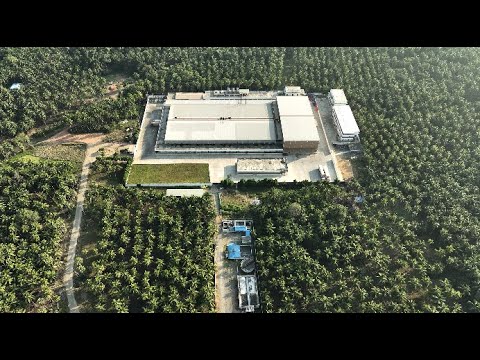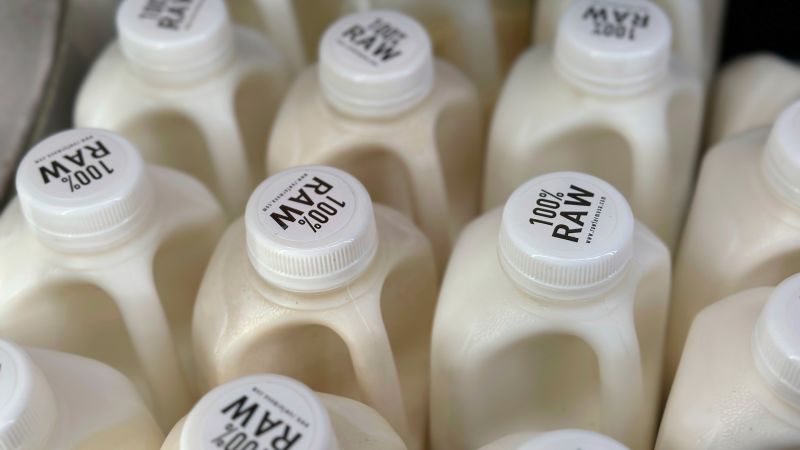

That’s what people claim, but the research on it suggests it does not do any better for tear gas or pepper spray. Here’s one study looking at pepper spray for instance:
In this study, there was no significant difference in pain relief provided by five different treatment regimens. [Water vs milk vs 3 other solutions] Time after exposure appeared to be the best predictor for decrease in pain.
https://pubmed.ncbi.nlm.nih.gov/18924005/
EDIT: Also worth noting that in terms of infection risk, bird flu is now in a large number of dairy samples and it appears like it transmit to humans through the eyes in particular (or at least be one of its transmission pathways).
The workers were most likely exposed to the virus in contaminated milk—by getting it on their hands and then touching their eyes
https://www.scientificamerican.com/article/why-bird-flu-is-causing-eye-infections-in-dairy-workers/
Some types of pasteurization (flash pasteurization) might not fully get rid of all of the virus. So for even just bird flu alone, its likely more of a risk than it probably was in the past
















The irony of having to fill out a captcha before you can play the game is really something